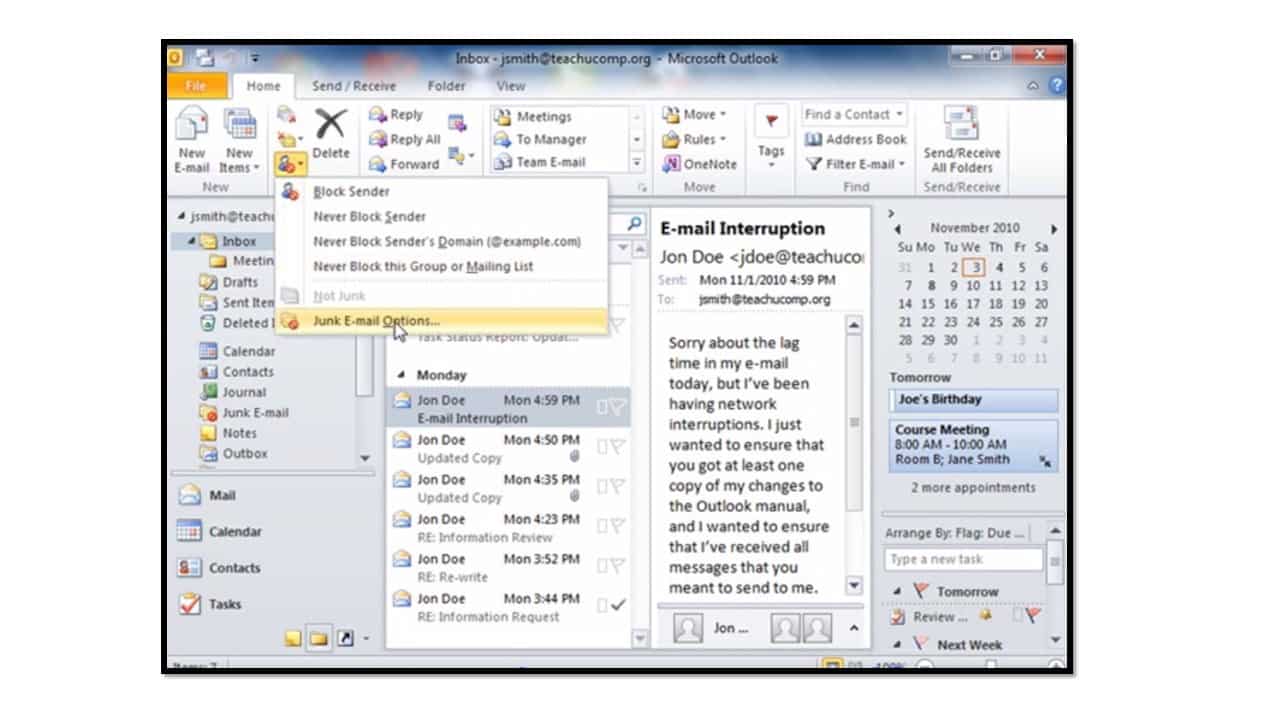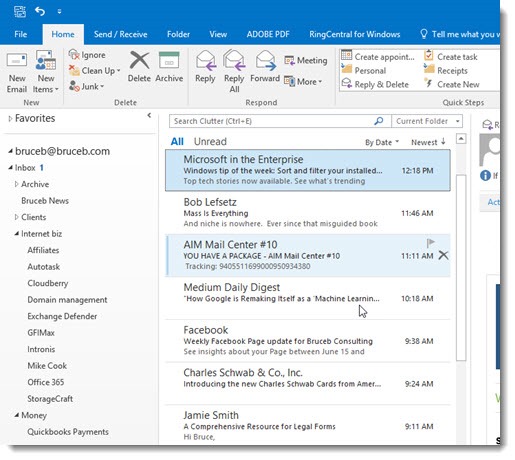


However, for your personal computer, it's up to you to set up your own filter. If you're working in a corporate environment, it's likely that your Exchange server has an anti-spam filter to block unwanted emails. This will turn a torrent of junk into a manageable trickle.įortunately, Outlook provides various tools and techniques to help you fight spam.

Although it's impossible to eliminate spam completely, you can surely reduce its impact by automatically filtering most unwanted emails to the Outlook spam folder. Regrettably, the email protocol was created without considering the possibility of sending unsolicited emails, leading to the absence of a 100% protection mechanism. As long as junk emails remain even slightly effective (0.0001%), spam will continue to flood inboxes in massive quantities. Spam emails can be annoying, time-consuming, and harmful. In Mail, click Email accounts, then double-click on the IMAP account, click More Settings and follow the instructions above.This article explains how to configure Junk Mail Filter settings in Outlook 365 - 2010 to effectively combat spam and how to remove someone from Junk mail.Įmail is a crucial communication tool in our daily lives, but unfortunately, it is also a prime target for spammers. If you do not see Mail, change the "View by" option from Category to Small Items. Enter INBOX in the Root folder path fieldĪll default folder will show up as top-level ones and mail will start populating to the Inbox folder.Īdditionally, these settings can be accessed from the Windows Control Panel > Mail.In Outlook 2016/2019, navigate to File > Account Settings > Account Settings.Navigate to More Settings > Advanced and enter INBOX in the Root folder path field.Select the IMAP account and click Change (or double-click the IMAP account name).In Outlook 2013, navigate to Home > Info > Account Settings > Account Settings:.Important: create a backup before making any changes! Outlook 2013 Until Microsoft releases an update to fix the issue, use the following workaround: may show up as subfolders of the Inbox folder. The Inbox, Sent Items, Outbox, Junk Email folder etc.This is a known hit-or-miss issue with Outlook 2013, 20.


 0 kommentar(er)
0 kommentar(er)
